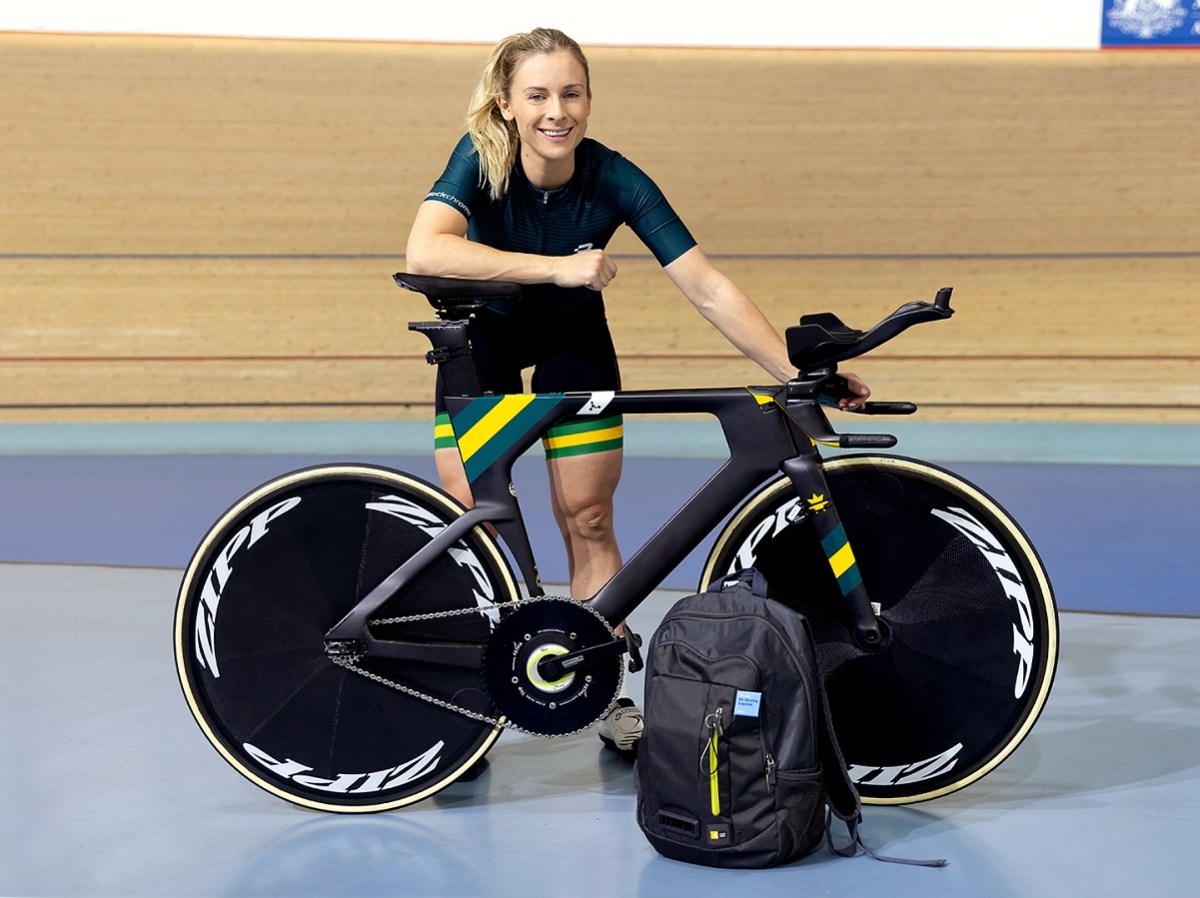Dyson has joined forces with Adelaide-based three-time World Champion cyclist, Annette Edmondson to participate in a global air quality monitoring project.
She is one of six athletes around the world who has been working with Dyson over the last few months to explore the impact poor air quality has on wellbeing and performance.
As part of Dyson’s project, the six athletes used Dyson’s prototype air quality backpack for a period of three days while completing different activities to collect data and track their personal exposure to air pollution.
Dyson vice president of environmental care, Alex Knox said, “We are continuing our research in air quality by extending this backpack project to athletes. Equipping these athletes with data about their air quality will empower them to take control of their pollution exposure. We are focused on meaningful action in terms of education and awareness and working with athletes as advocates can help us achieve that.”
Edmondson suffers from exercise-induced asthma, so a healthy lifestyle is extremely important to her, but she admits that air quality is not something she has ever looked into.
“I’ve been using Dyson’s prototype air quality backpack to understand how air pollution can impact my wellbeing and performance, especially as I go on to the biggest competition this year in July. I’m now more aware of my air quality and how to take control of it,” she said.
Dyson engineers analysed the findings from Edmondson’s time wearing the backpack by pairing the air sensor and GPS data with the diary entries she made to document her activities and observations. While wearing the backpack, she cycled around Adelaide city and surrounds, visited a local furniture store, and undertook activities at home, including cooking, cleaning and renovating.
When riding through heavy peak hour traffic in the centre of Adelaide, there were spikes in NO2 and PM2.5. pollutants commonly associated with vehicle emissions as well as brake and tyre wear. Edmondson completed the same trip outside of peak hour, which saw a steady decline in these pollutants, resulting in less exposure.
After training, Edmondson cooked a stir fry at home, resulting in an increase in both NO2 and VOC levels. The NO2 may have been a result of cooking using a gas stove, with minimal ventilation, while the VOC increase was likely a result of using cleaning products after.
She also used the backpack whilst painting her home, and shopping for new furniture. The trip to a local flat pack store saw a significant spike in both PM2.5 and VOCs, which could be attributed to formaldehyde, a common VOC found in paints, wood and furniture.

